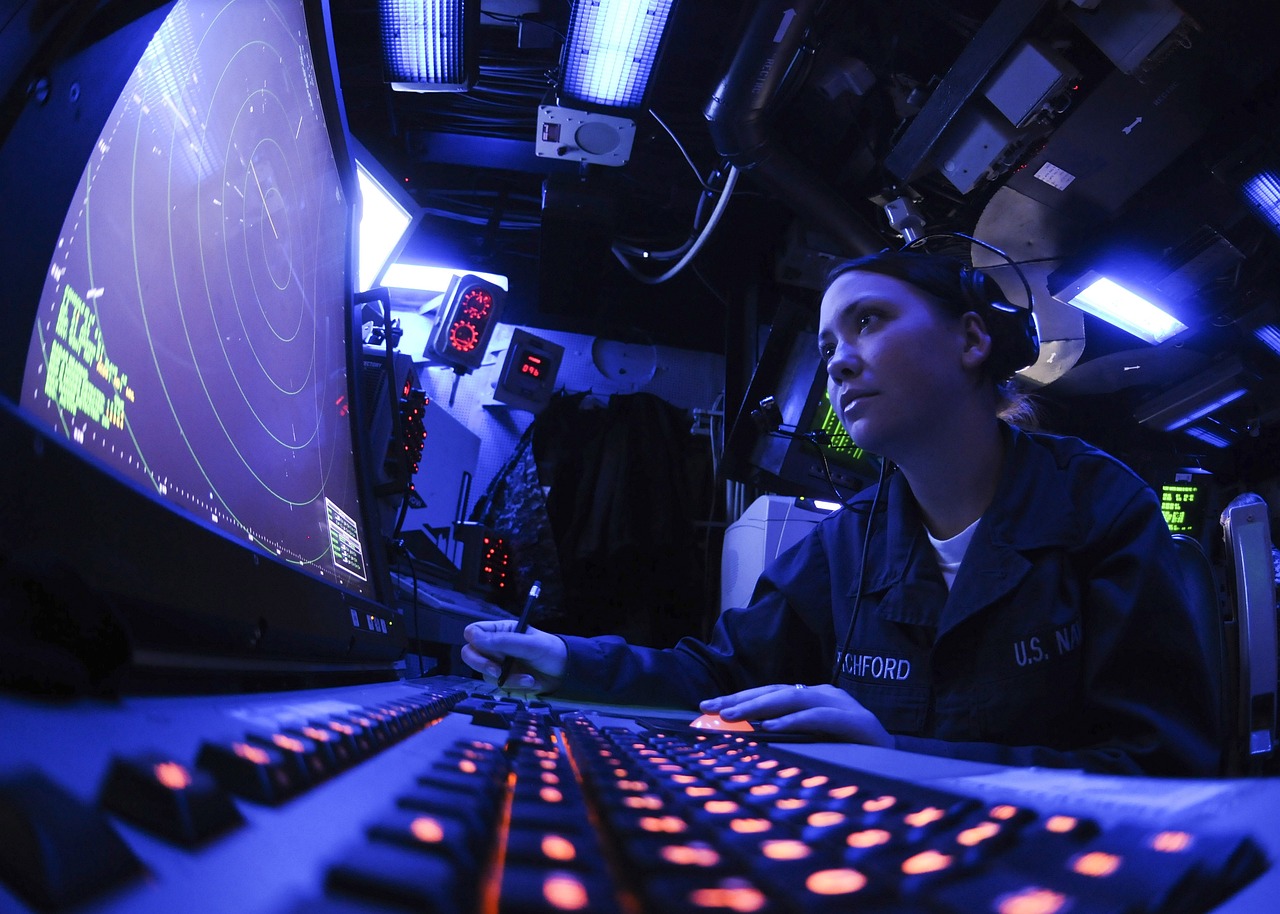
This post is also available in:
 עברית (Hebrew)
עברית (Hebrew)
Warfare in subterranean areas can be a perilous challenge. Subterranean settings can be dangerous to explore because of visual, technical, or environmental challenges. Personnel, who have to enter these dark, tight spaces in times of war or disaster do so at the risk of a cave-in, making the mission time-sensitive as well.
Warfare in this arena is uncomfortable and operators can confront dangerous conditions such as dust environments, absence of light, or toxic substance exposition. Robotic technology can overcome such disadvantages and provide significant military data.
The US Defense Advanced Research Projects Agency (DARPA) is preparing for its three-year Subterranean Challenge. The competition asks for new systems to map and search underground areas in a fast and efficient manner in order to assist with missions from urban warfare to emergency first response.
A new tutorial regarding Subterranean Autonomy introduces the subterranean robotics problem domain and presents a simulation-based framework to begin research into complex systems-oriented solutions.
Cities of today have networks of sewers, telecommunications lines, and subway tunnels, which could be prepped for throwing rude and dangerous surprises in times of war.
While the US military has had minor underground training in the past, serious manning, equipping, funding and training for the force has been seen as lacking. Now, with robots entering the field, or rather, the underground, this kind of warfare and first response action will soon reach new heights.
According to DARPA, “the Subterranean Challenge seeks to revolutionize how first responders and war fighters operate in human-made tunnel systems, urban underground settings, and natural cave networks that are too dangerous, dark, deep, and unknown to risk human lives.”
The current initiative will be supported by collaborators from the Open Source Robotics Foundation, the University of Southern California and DARPA, according to sociable.co.






















